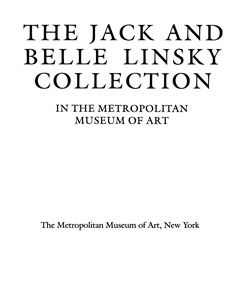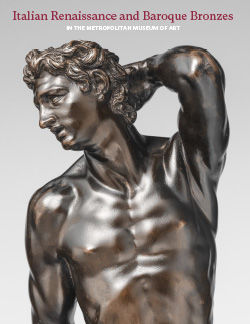Hercules and Antaeus
The group freely copies an ancient marble much admired in the Renaissance, now in the Palazzo Pitti, Florence, which arrived from the Vatican Belvedere as a gift from Pius IV to the Medici. The head and right arm of Antaeus and the legs of both giants were then missing.[1] Until restorations were carried out, artists felt free to reconstruct the group according to their own fancy. A disastrous innovation on the part of our bronzista was to position Antaeus’s hands around his genitals, a gesture at odds with the Renaissance veneration of classical antiquity.
The technique of this solid cast investigates the hardy, rudimentary methods of the Florentine quattrocento but in an all-too-knowing manner. There is relentless but uninformed hammering all over. The ends of sprues are left unfiled for added “texture.” Sharp creases delineate some of the flesh folds, but the metal has not been chased away cleanly from adjoining areas, such as that between the back of the sagging Antaeus and the top of Hercules’s right shoulder. The consignor of the bronze to Sotheby’s apparently had a certificate from Leo Planiscig, proposing a wrong attribution to Francesco da Sant’Agata.
-JDD
Footnotes
(For key to shortened references see bibliography in Allen, Italian Renaissance and Baroque Bronzes in The Metropolitan Museum of Art. NY: The Metropolitan Museum of Art, 2022.)
1. Haskell and Penny 1981, pp. 232–34.
Due to rights restrictions, this image cannot be enlarged, viewed at full screen, or downloaded.
This artwork is meant to be viewed from right to left. Scroll left to view more.





